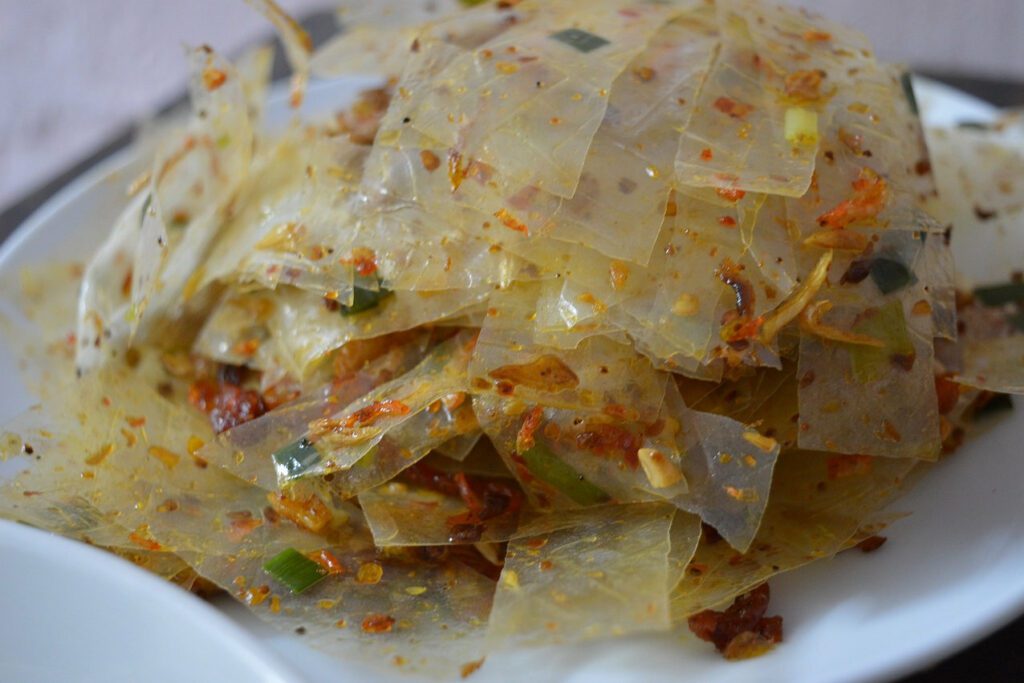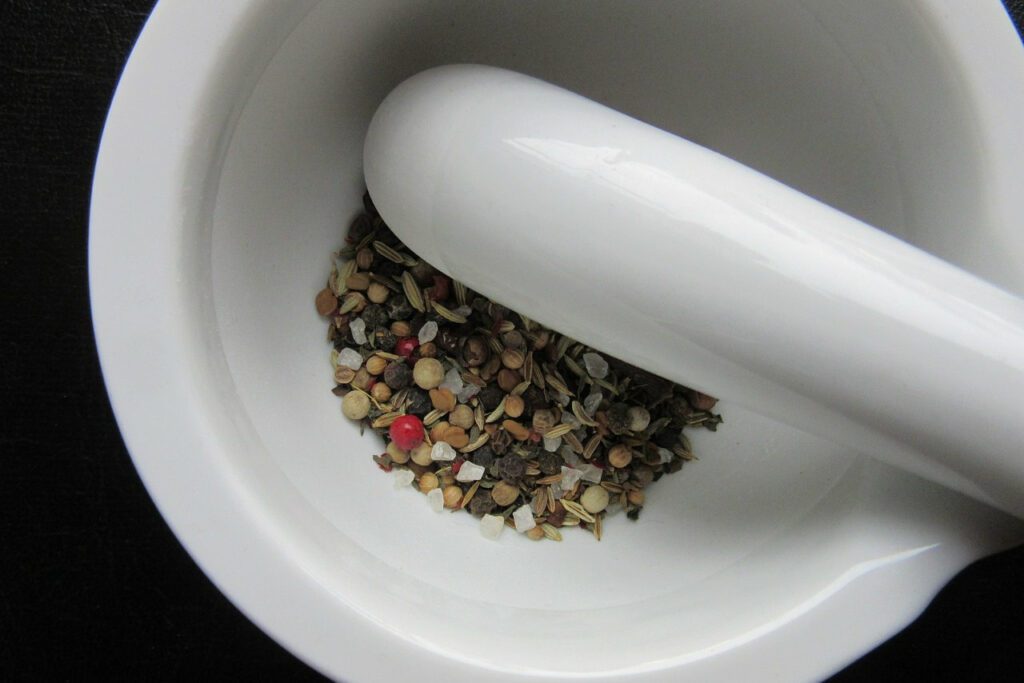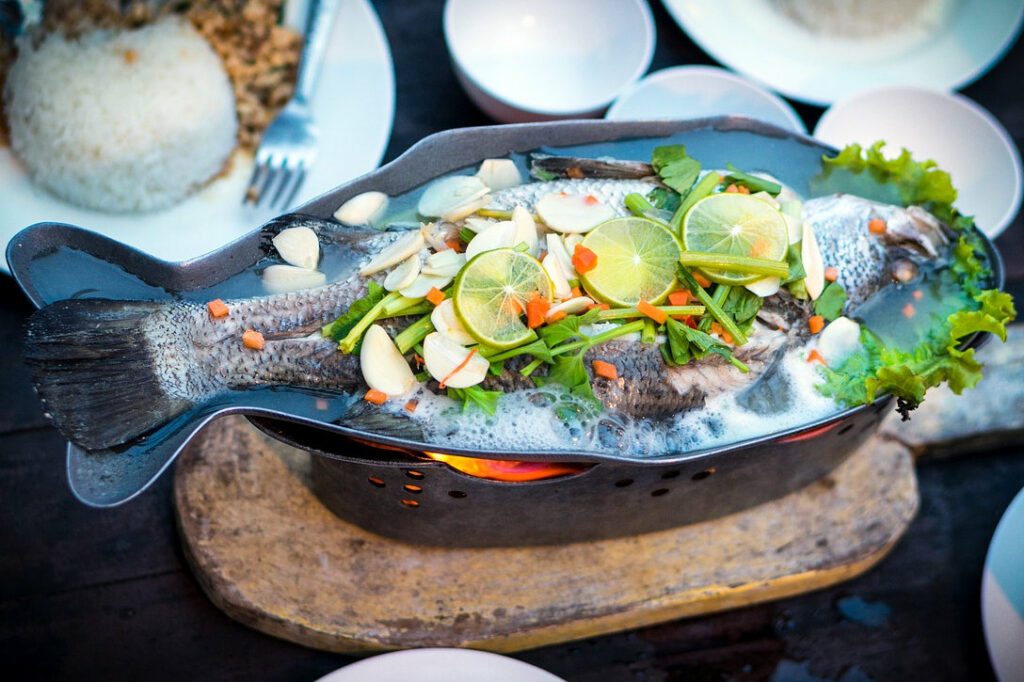Embarking on the rich and flavorful journey of Thai cuisine is both an adventure for the palate and a deep dive into centuries-old culinary traditions. Whether you’re a novice eager to explore, or a seasoned chef looking to refine your skills, understanding the core ingredients and techniques is paramount. Thai cooking, celebrated for its aromatic balance of flavors, hinges on a select group of ingredients and tried-and-true methods that have been passed down through generations. Below, we present an essential list of ingredients and techniques integral to creating authentic Thai dishes, ensuring that every bite transports you straight to the heart of Thailand.
Essential Ingredients for Authentic Thai Flavors
Bamboo Shoots: A Staple in Thai Cuisine Bamboo shoots, central to numerous Thai dishes, possess a unique texture and subtle taste. The preparation begins by peeling and boiling the ivory heart of the shoot for a good 30 minutes. However, the store-bought canned variants need just a 10-minute boil. Going into a curry or soup? Perhaps skip the boiling part!
The Holy Trinity of Basil When it comes to basil in Thai cooking, it’s not just about the ubiquitous sweet basil that many Westerners are familiar with. Thai cuisine spotlights three basil heroes:
- Sweet Basil: Recognizable and abundant, used in Western and Thai dishes alike.
- Holy Basil: Comes with a kick, identifiable by its purple-tinged leaves.
- Lemon Basil: Offers a citrusy zing, hard to miss with its prominent lemony aroma. Tip: Can’t find the latter two? Jazz up the sweet basil with some chopped chili or a hint of lemon zest.
The Magic of Bergamot Also known as kaffir lime leaves, bergamot delivers a limey undertone, a signature note in Thai cuisine. If elusive, a hint of grated lime rind might save your day, but remember, it’s an apprentice to the master!

Spicing Things Up with Chili Paste Available in bottles or tubes, chili paste offers a fiery kick. The Thai version with a smoky note, known as burnt mild chili paste, is a game-changer. One dollop transforms dishes from bland to grand!
Mushroom Magic: The Chinese Contribution Often featuring in Thai dishes, mushrooms, especially the dried kind, are favored for their flavor-packed punch and affordability. Remember to rehydrate them in warm water and snip off the tough stems before embarking on your culinary journey.
The Creamy Goodness of Coconut Milk Available in cans globally, coconut milk adds richness. For recipes screaming for coconut cream, the solid part atop the can is your gold. For milk, a thorough stir ensures even consistency.
Curry Pastes: The Colorful Trio Whether you’re a DIY enthusiast or a store-bought fan, curries, especially the red, green, and yellow ones, add vibrancy to Thai food.
Fish Sauce: The Thai Umami Derived from fermented salted fish, this sauce is a unique Thai condiment. Its salty depth can even replace the usual salt, enhancing dishes with a profound flavor.
Galangal: Ginger’s Exotic Cousin Prominent in curries and soups, galangal, akin to ginger but with a twist, might demand a special visit to an Asian market. Often sold dried, it needs a soak before its grand culinary appearance.
Garlic & Ginger: The Dynamic Duo While Thai garlic, with its robust flavor, is a gem, the Western variant isn’t too far behind. Pair it with ginger, the zesty root, for an explosion of flavors. Fresh always triumphs, but in a pinch, dried ones can fill in.
Lemongrass: The Fragrant Delight A pillar in Thai cuisine, lemongrass, resembling a tinier leek, adds a citrusy aroma. Use the fleshy part, either in slices (remember to remove them) or blitzed, infusing dishes with its essence.
Palm Sugar: Sweetness Redefined Certain Thai recipes vouch for palm sugar. Found in Asian stores as cellophane-wrapped delights, its lack can be offset by dark brown sugar or genuine maple syrup.
Rice and Rice Papers: The Essentials Jasmine rice, aromatic and long-grained, beautifully counterbalances Thai spices. Meanwhile, rice papers, key to fresh spring rolls, require a warm soak to achieve pliability.


Sesame Oil: The Eastern Touch Originating from East India, sesame oil, pressed from seeds, introduces a nutty warmth, complementing Thai flavors brilliantly.
Mastering Thai Cuisine: Key Preparation Techniques
Vegetable Artistry For maximum nutrient retention, finely chopped veggies are preferred. Their tiny size ensures rapid cooking.
Stir-frying Mastery A technique many might have dabbled in. Using a wok, swiftly stir-fry veggies in hot oil for a crisp, vivid outcome.
Mortar and Pestles: The Age-Old Tools Every Thai chef swears by these, ideal for sauces, pastes, and salads. Clay or wood, it’s a must-have.

The Art of Mincing To ensure balanced flavors, ingredients need a fine chop. A razor-sharp knife is a chef’s best friend here.
Roasting and Grinding: Unleashing Flavors Slow-roasting spices amplifies their flavors. Once roasted, a thorough grind melds them into dishes seamlessly.
By understanding and respecting these ingredients and techniques, one can truly master the art of Thai cooking. The balance of flavors, combined with the right techniques, makes Thai cuisine a culinary treasure. Happy cooking!

